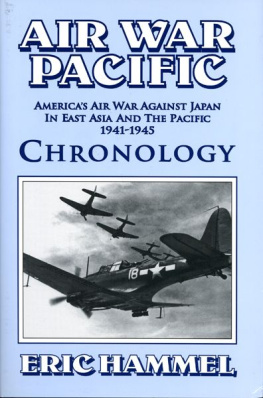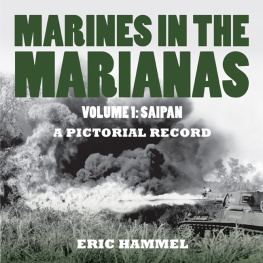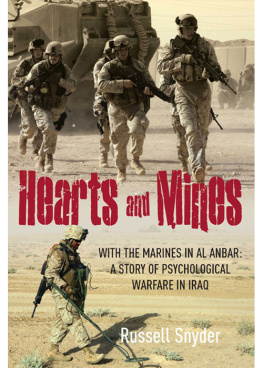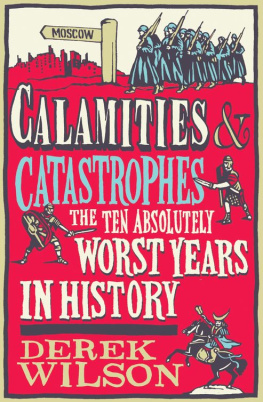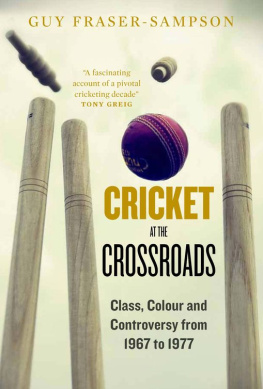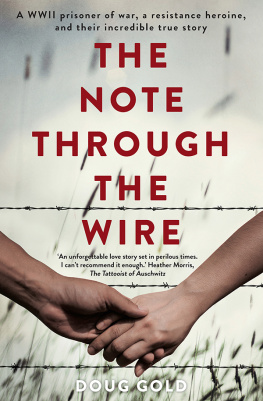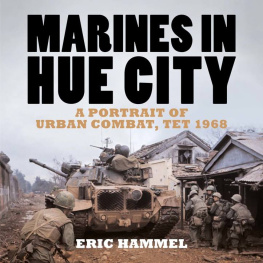Acknowledgments
Above all, I wish to acknowledge and thank Colonel Chuck Meadows for theloan of his amazing personal collection of official and private photos taken inHue. Chuck not only shipped this valuable collection to me for the third timein fifteen years, he took time from his last 2005 visit to Hue to work his waythrough an ambitious shot list I gave him of important battle sites as they looktoday. Chuck would not hear of any form of compensation for his trouble inbehalf of this project, so I wish to direct you to the very worthy cause at theroot of his many trips back to Vietnam. Please visit http://www.peacetreesvietnam.org and read about the important life-saving missionto which Chuck Meadows devotes his life. If you approve of the work PeaceTreesVietnam is doing, please support it in a meaningful way.
Other Hue battle veterans whom I wish to thank for providing photos foruse in this volume are Alexander Kandic, Douglas Blayney, Dr. JeromeNadolski, Richard Carter, Edward Neas, John Salvati, Tom Pilsch, and ChrisBrown. Thanks, also, to Dick Wilkerson for providing personal photos fromhis visits to Hue, and to combat photographer Bill Dickman for scouring hishome for copies of photos he took in his official capacity during the battle. For priceless help in accessing and scanning photos in official collections, I thank Theresa M. Roy and Donna Larker at the Still Pictures branch of theNational Archives and Records Administration; Mike Miller, Pat Mullin, andSue Dillon at the Marine Corps University Archive at Quantico, Virginia; Colonel Walt Ford at Leatherneck Magazine; my friend, Colonel Dick Camp; and Lena Kaljot at the Marine Corps History Division.
I also captured many photos online from the amazing and thoroughlyuseful Texas Tech Virtual Vietnam Archive. The photos from this rich source, which includes all U.S. Marine Corps Vietnam War command chronologies, and a lot besides, are used with permission.
Authors Note
I spent more than a year in 1989 and 1990 compiling as complete a narrativehistory of the battle for Hue as time, money, and a publishing deadline wouldallow. I spoke to nearly a hundred participants in the 1968 battle, includingall three U.S. Marine Corps battalion commanders, many Marine staff officers, five of eight Marine infantry company commanders, and scores of juniorleaders and troops of every type. The result was Fire in the Streets: The Battle forHue, Tet 1968. The Marine Corps liked the book enough to place it, year afteryear, on the Commandant of the Marine Corps professional reading list. Icannot guess how many Marines have read the book, nor how many I lecturedon the topic of military operations in urban terrain over the years. Indeed, I delivered my lecture to Marines on the Marine Corps last urban battle on theeve of Operation Iraqi Freedom.
The intimate narrative I produced as Fire in the Streets still stands. This is not an effort to supplant it, nor even to supplement it in a substantive way. This effort is a vehicle to show what urban combat looks like, using Hue as arelevant example. If this book has a theme, it is urban combat, per se. If youlook at the photos accompanying this volumes first chapter, then leaf throughthe pages with photos taken during the Hue battle, you will be struck at howsimilar many of them seem to be. If you then go online to http://www.usmc.miland search the image archive there on such topics as urban terrain orFallujah, you will be struck once again by the way poses tend to repeat fromWorld War II to Korea to Vietnam to Iraq. Its actually eerie.
I write military narratives to explain war to readers at a human level. Books with words have been a big part of my life, all my life. I put togetherone of them, 76 Hours: The Invasion of Tarawa, with 250 photos and created Bloody Tarawa. The idea was to deepen my own understanding of warwords and pictures, together. Then I went heavier with photos and captions in Pacific Warriors and Iwo Jima, then numerous volumes covering the Marine Corpsentire war in the Pacific. Here now, because I already did the story in words, are mainly pictures319 of them. I believe this book, Marines In Hue City,stands alone in telling a particular story, and an enduring story, about a particularly vicious aspect of war. But it also fits hand-in-glove with Fire in the Streets, and experiencing both together might be something youd like to try. Either way, whatever, this is about the aspect of human existence that hashaunted a veterans son from earliest memory: the face of war.
Eric Hammel
Northern California
Winter 2014
Glossary and Guide to Abbreviations
A-1 Douglas Skyraider single-engine attack aircraft
AK-47 Soviet-pattern 7.62mm assault rifle
ARVN Army of the Republic of Vietnam
CH-46 U.S. Boeing Sea Knight medium transport helicopter
DMZ Demilitarized Zone
Duster U.S. M42 tracked dual-40mm gun carriage
LAAW U.S. M72 40mm light antitank assault weapon
LCU U.S. landing craft, utility
M3A1 U.S..45-caliber submachine gun (grease gun)
M4 U.S. Sherman medium tank
M14 U.S. 7.62mm assault rifle
M16 U.S. 5.56mm assault rifle
M26 U.S. Pershing medium tank
M41 U.S.-made ARVN Walker light tank
M42 U.S. tracked dual-40mm gun carriage (Duster)
M48 U.S. Patton main battle tank
M50 U.S. Ontos tracked six-106mm recoilless rifle carrier
M55 U.S. quadruple-.50-caliber machine gun truck
M60 U.S. 7.62mm medium machine gun
M79 U.S. 40mm grenade launcher
MACV Military Assistance Command, Vietnam
MAF Marine Amphibious Force
Mechanical Mule U.S. light cargo transporter also used as a wheeled mount for 106mm recoilless rifles
Medevac Medical evacuation
NVA North Vietnamese Army
PBR U.S. Navy Patrol Boat, Riverine
RPD Soviet-pattern 7.62mm light machine gun
RPG Soviet-pattern rocket-propelled grenade
SKS Soviet-pattern 7.62mm bolt-action rifle
Skyraider Douglas A-1 single-engine attack aircraft
VC Viet Cong
VNMC Vietnam Marine Corps
Maps






Chapter 1
Marines Fight In Cities and Towns
The first time modern U.S. Marines fought in an urban landscape was onSaipan in mid-1944. The Marine Corps had no manuals, no doctrine, noplan, and provided no training for urban fighting. The Marines thrown intourban combat in the Pacific made it up on the fly, learning tough lessons inthe tried-and-true Marine manner, through blood, bravery, and sacrifice. Theytook every urban objective assigned to them.
The Marine Corps undertook no post-mortems on city fighting after thePacific War; it was as if it had never happened. No lessons-learned were posted, few manuals were borrowed from the thoroughly experienced U.S. Army, notime was spent honing skills or developing standard techniques and equipment.
Next page

![Hammel - The artists guide to GIMP effects creative techniques for photographers, artists, and designers ; [covers GIMP 2.8]](/uploads/posts/book/138245/thumbs/hammel-the-artist-s-guide-to-gimp-effects.jpg)
